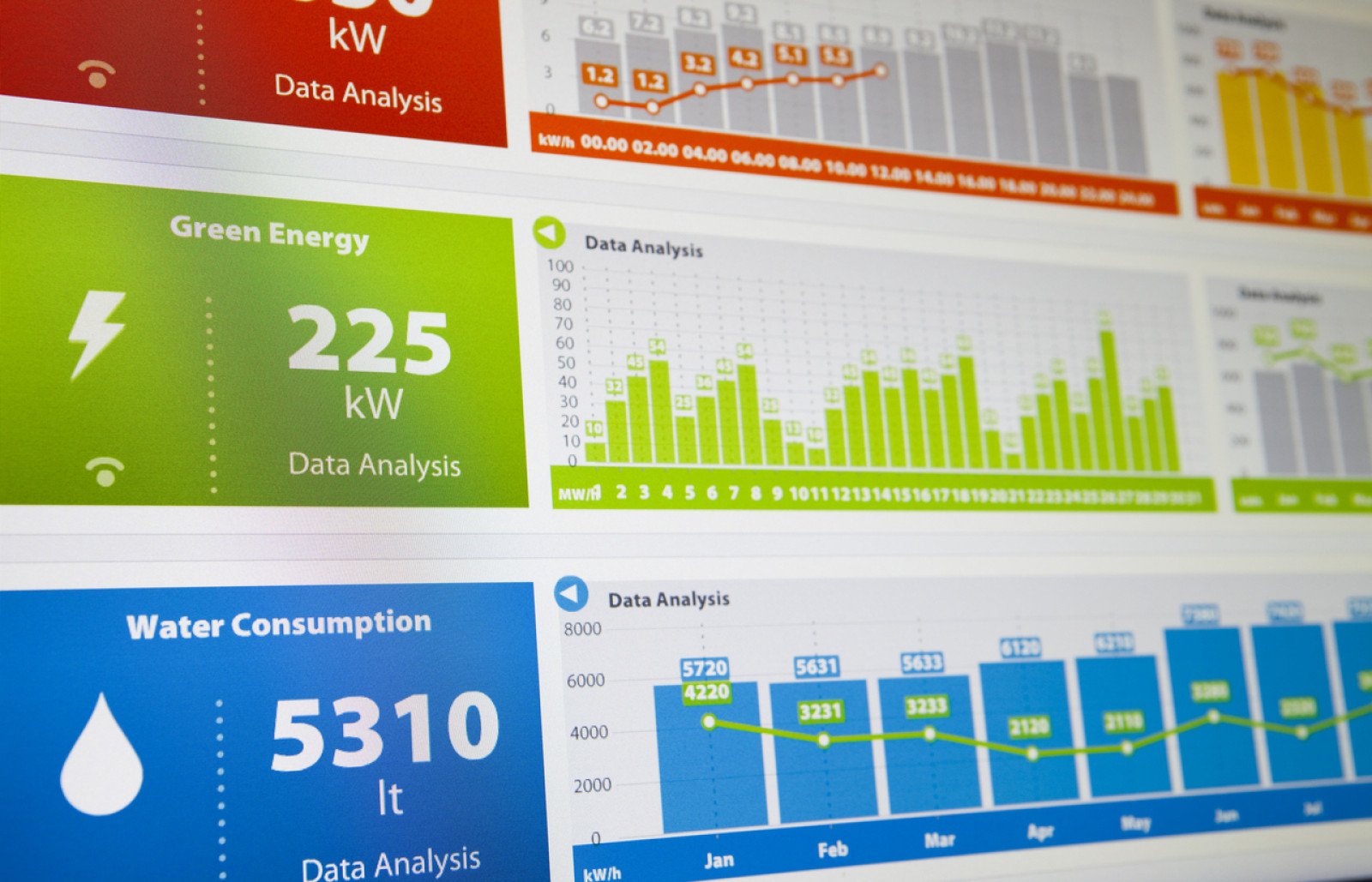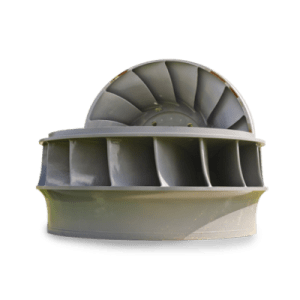Analyzing solar energy data in B.C.
Judge the usefulness of data for answering a variety of questions about solar energy in B.C.

Overview
Students analyze solar energy data to determine its usefulness for answering a variety of questions.
Instructions
What you'll need
- "Judging the usefulness of data" worksheet
- Organize your students in pairs and provide each student with a copy of the "Judging the usefulness of data" worksheet. Briefly explain that the data on page two could be useful for answering many questions. Invite groups to suggest which of the questions would be best answered using the data. Ask students to record their initial decisions and their thinking on the worksheet.
- Invite groups to share their decisions and thinking with the class. As students share, use their ideas to co-develop or present the criteria for determining the usefulness of data. The criteria for assessing the usefulness of data can include:
- Complete: Provides all the necessary information.
- Detailed: Provides specific information.
- Meaningful: Helps support the most meaningful conclusions.
- Relevant: Provides information that matches the focus of the question.
- Discuss the importance of using the criteria to make the best decision.
- Inform students that their challenge is to determine which question would be best answered using the data. Encourage students to analyze the data using statistical calculations and the criteria. This could include comparing both sets of data directly and performing further calculations such as the monthly mean (or annual) sun hours, standard deviation, and range. Ask students to record their decisions and thinking on the worksheet.
- Invite groups to share their decisions and justify their answer using evidence.
Modify or extend this activity
Modification
- Consider asking students to judge the usefulness of the data for one of the questions. For example, “How useful is the data for answering the question “What is the best city in B.C. to put solar panels?”
Extension
- Encourage students to create additional questions that the data could be used to answer.
- Invite students to calculate central tendency and standard deviation using the data provided.
Curriculum Fit
Foundations of Mathematics 11
Big idea
- Statistical analysis allows us to notice, wonder about, and answer questions about variation
Content
- Applications of statistics
- How do we analyze data and make decisions?
- How would you describe variation (range and mean)?
- When analyzing data, what are some factors that need to be considered before making an inference?
- Apply measures of central tendency (mean)
Curriculum competencies
Reasoning and modelling
- Explore, analyze, and apply mathematical ideas using reason, technology, and other tools
Understanding and solving
- Develop, demonstrate and apply mathematical understanding through inquiry and problem-solving
Communicating and representing
- Use mathematical vocabulary and language to contribute to discussions in the classroom
Connecting and reflecting
- Reflect on mathematical thinking
- Connect mathematical concepts with each other, other areas, and personal interests
Assessments
Throughout the activity, assess your students’ abilities to:
- Understand and use the statistical concepts of mean, standard deviation and range.
- Use appropriate vocabulary (mean, standard deviation, and range) in their justifications.
- Pay close attention to appropriate details.
- Use mathematical evidence to make sound decisions or conclusions.
Teaching Notes
Students will need to understand central tendency and standard deviation to successfully complete this lesson.
Solar insolation is a measure of sunlight in solar energy over a given area. It has units of kWh/m2 or full sun hours (h)). A sun-hour is a measure of electrical energy that can be produced by 1m2 of solar panel. The solar energy received when the sun is directly overhead is more intense than when the sun is on the horizon.
The amount of sunlight received by a solar panel is measured by the amount of energy the panel can produce in peak sun-hours. Peak sun-hours are not the same as hours of daylight. Peak sun-hours refers to how much sun exposure is usable for efficient energy production in an area during a typical day. A peak sun-hour is an hour during which the intensity of sunlight is 1,000 watts per square metre or 1 kilowatt per square metre.
Use this online peak sun hour calculator as a tool to calculate peak sun time.
Solar power in B.C.
Solar energy is an affordable alternative energy that can be used to help heat and power your home, school, or business. However, there are some important considerations around the use of both solar photovoltaic and solar thermal systems in British Columbia that you should be aware of. Check out bchydro.com for more information regarding the practicality of solar energy in our province.







